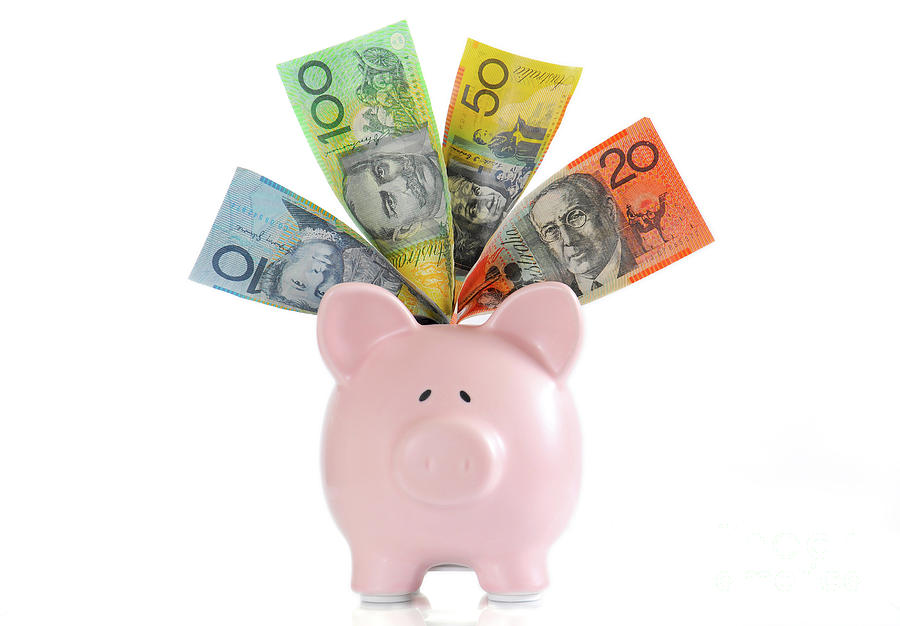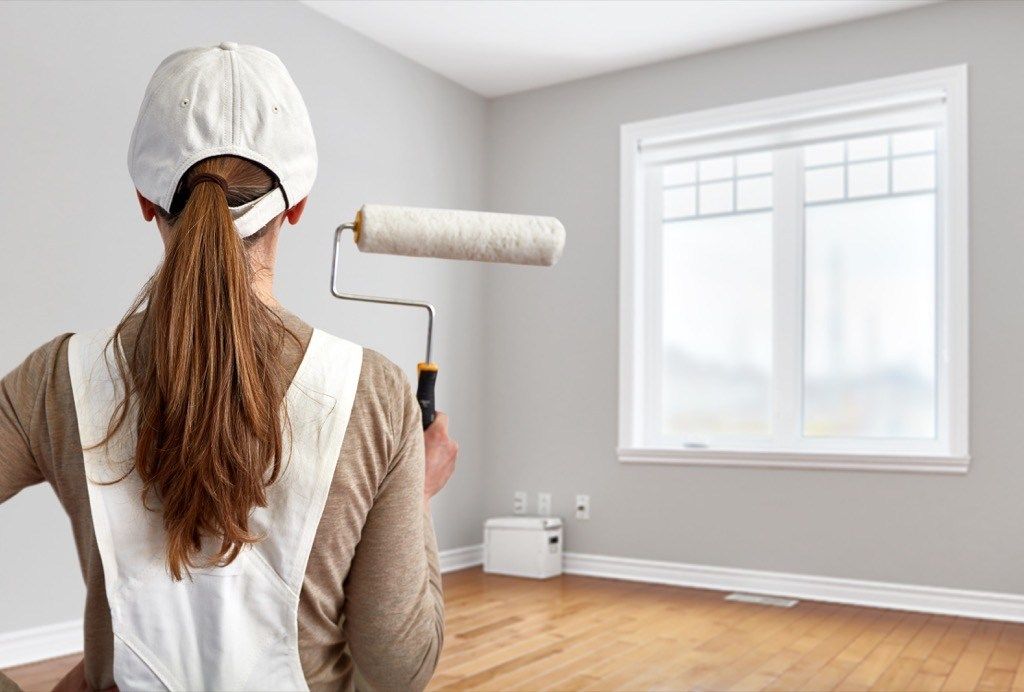1. Save a deposit – If you don’t already have a property that you’re accessing equity from you will need to have saved your deposit before you can arrange finance and be ready to purchase a property. A part of saving a deposit will be setting up good financial habits, and demonstrating those through your bank accounts as well as getting used to spending less and living a little more financially disciplined . Setting a budget is a good idea so you can see where your money is going.
2. Your dream team – set yourself up with your dream team before you start looking to purchase. Build a team that you are comfortable with. On your dream team should be a good mortgage broker or finance strategist, an accountant, a solicitor and perhaps a buyers’ agent as well who is familiar with the areas or type of property you will be purchasing. You should also have your finance pre-approved before going on that property hunt so you know your limits and also to minimise delays once you find that property. Much the same with your solicitor or conveyancer; you will want them to know you are actively looking and provide any specifics they may require and so they are available to review contracts and give you their feedback without delay so that you don’t miss out on your purchase.
3. Set a strategy – You need a plan for your investing journey. What are your long term goals? Are you looking to create financial independence, work part time, pay down that home mortgage, or buy a dream home? Or perhaps you need to create a vehicle to be able to put your kids through school and pay for those family holidays without worrying where the money will come from. What stepping stones do you need to take to make for these come to life? Your strategy should give certain requirements for each of your investments or purchases. Do you require cash flow properties, do you need growth or should you be balancing the two? Do you need to manufacture growth through developments or renovations? How will you diversify and you will want to ensure that none of these properties will fall into your portfolio as a road block, rather that they continue to compliment one another and continue to open doors to future purchases.

4. Buy Now – Noone gets ahead by waiting. As no one has a crystal ball you will never be able to perfectly time the market. There is always a lot of commentary around in the media about the markets and interest rates. While you need to be confident in the timing and ready to commit to a mortgage, there often isn’t a good outcome by waiting to see what happens. If you’re in a financial position to buy now, then now is the time to buy
5. Invest now – If this is your first or next property and you have the time, start with an investment property and formulate as a part of your strategy the purchase of a Primary Residence, or upgrade of a Primary Residence move later (plan for dream that home) – purchase an investment/s that build a pathway to buying your dream home. Ultimately you’ll find yourself able to afford a better home at that point than if you had purchased your Primary residence first up, plus if you purchase your Primary Residence first, you’ll often have reached the top of your borrowing capacity.
6. Add Value – Look for a property that you can add value to. Often you can purchase a property requiring minor or cosmetic renovation for a substantially lower price than a property that is already updated. This provides an excellent opportunity to update the property, hopefully immediately with some savings or a part of your left-over borrowing capacity. Aim to earn back $3 for every $1 spent on the renovation. This instant equity will also greatly assist to set yourself up for the next purchase.

7. Don’t buy at your maximum Borrowing Capacity – It is beneficial to leave room in your borrowing capacity for minor renovations and so that you haven’t maxed yourself out. It is also important not to max yourself out so you have the ability to purchase again relatively soon, as part of your strategy. You also need to aim for good cashflow (rental income on the property). This will help you to continue onto your next purchase sooner rather than later.
8. Ensure you are buying a good asset – No doubt there will be something ideal that fits into your strategy. Do your research to ensure that you are buying an investment grade property. For example don’t buy on a main road, under a flight path, or where the property may be flood prone. You should buy close to amenities, in areas of population and jobs growth, in the catchment zones of good schools, and where the government is spending money on infrastructure. These are all key factors to ensure you buy a property that will outperform the averages and help you towards your goals. Of course due diligence such as your pest and building inspection should also be done so there are no nasty surprises later on down the track.
9. Look in a market you can afford – You will have a budget and there may be many areas within your affordability, but perhaps only a few that will suit your strategy and provide a great investment property. Research the areas, what the growth drivers are in the area, what is the population and is it forecast to continue to grow. Look into infrastructure in the area and if there is any current or future government spending planned.
10. Cash flow positive – Negative gearing will only get you stuck. Seek out an investment property that will give positive cash flow, paying good attention to the rental yield. Not only will this make property investing a comfortable experience but it provide you with additional income rather than another liability tying you to your full-time job. Plus having a negatively geared property will negatively impact your borrowing capacity and hold you back from achieving your goals.
If you are looking for a buyer’s agent to assist you with purchasing a home or investment property in the Sydney, Brisbane and Newcastle regions, please get in touch with Lloyd Edge and his team at Aus Property Professionals here or give us a call on 1800 146 837!

